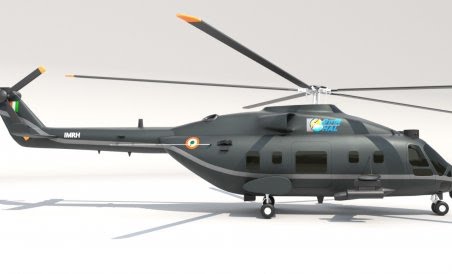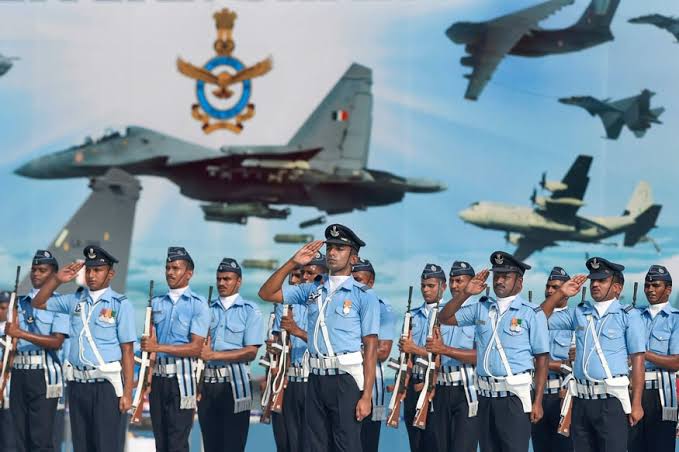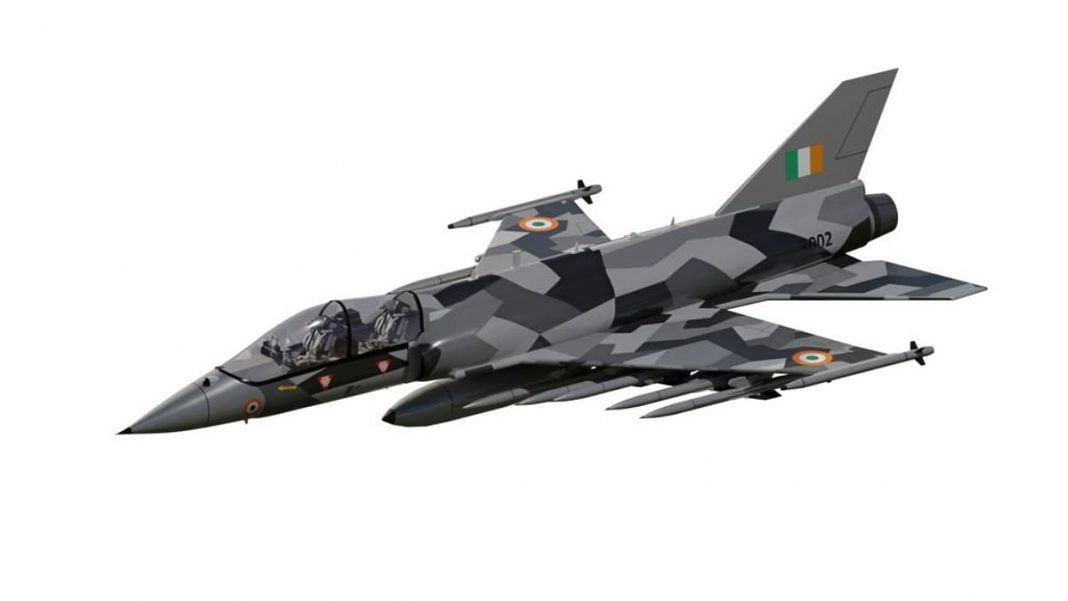An Indian state-run aerospace and defense company Hindustan Aeronautics Limited (HAL) has revealed plans for a new supersonic jet trainer for the Indian Air Force.It has recently unveiled the design of a new supersonic jet trainer.This is called as “HLFT-42”.It will play a vital role in the training of pilots for the Indian Air Force (IAF).
A scale model of the HLFT-42, dubbed the “Next Gen Supersonic Trainer”, will be on display at the upcoming Aero India 2023 show in Bengaluru.

This single engine trainer has been in development for some time and has undergone multiple design changes.It is designed to fill the gap between subsonic jet training, which takes place on the Hawk-132, and supersonic jet training on actual fighter jets like the MiG-21.The IAF will only be interested in the project once HAL has successfully developed and delivered the aircraft.

The HLFT-42 will be equipped with modern avionics such as an Active Electronically Scanned Array (AESA), Electronic Warfare (EW) Suite, Infrared Search and Track (IRST), and a Fly by Wire (FBW) control system.The design of the HLFT-42 was inspired by the Tejas Light Combat Aircraft program, and HAL is self-funding the project.
In 2017, HAL and BAE Systems had developed the Advanced Hawk, but the IAF did not pursue it as it was not a supersonic jet.The IAF recently signed a deal with HAL to purchase 70 Hindustan Turbo Trainer (HTT)-40 trainer aircraft, which will be used for basic training and eventually replace the Swiss-made Pilatus aircraft bought in 2012.
According to HAL sources, the new supersonic trainer project is achievable and has a short developmental schedule.It also has great export potential.
Training missions by new pilots who are getting used to supersonic flights put more wear and tear on aircraft like the MiGs and Sukhois.However, having a new trainer aircraft that bridges the gap between subsonic and supersonic training will make the overall training process more cost-effective and structured, reducing the demand for more expensive frontline aircraft and freeing up additional capacity for operational tasks.







